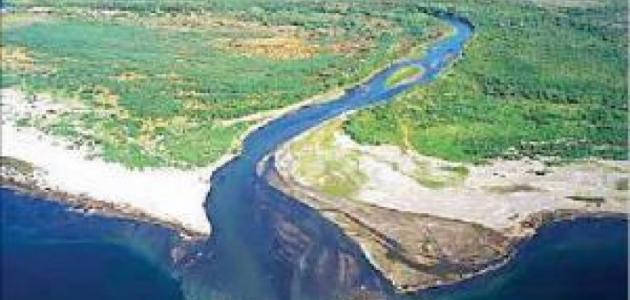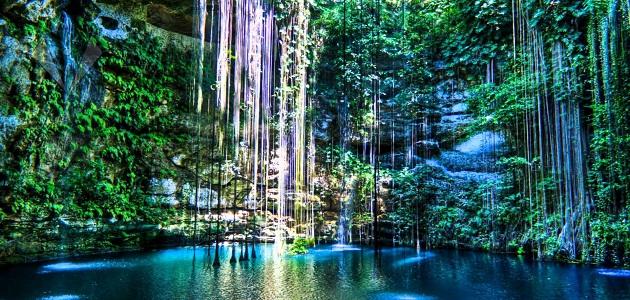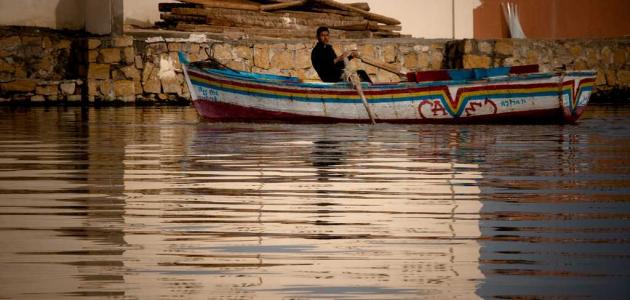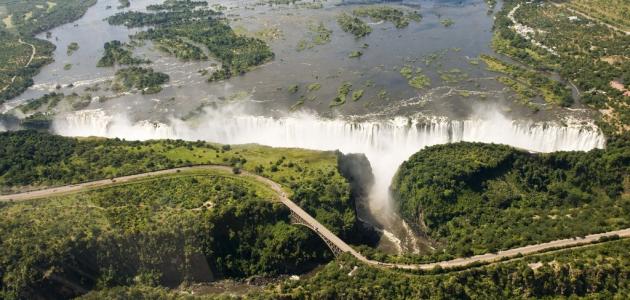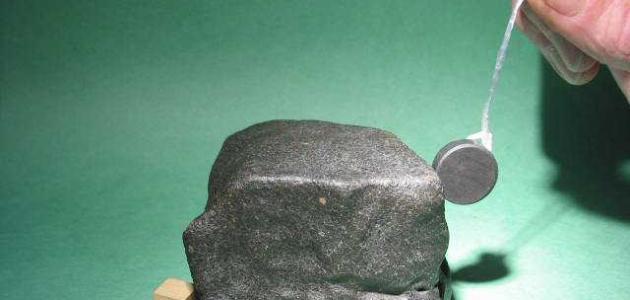Lake Tiberias between Jordan and Palestine
The freshwater Lake of Galilee (Sea of Galilee) has an irregular oval shape, and is located in the northernmost region of Palestine. It is considered the second lowest body of water in the world after the Dead Sea, as its surface is approximately 212 meters below sea level, while its bottom is a distance lower than It is estimated at about 252 metres, and its bottom has been subjected to subsidence due to its location within a refractive basin, which made it a suitable area for the accumulation of surface and groundwater.
Lake Tiberias is part of the course of the Jordan River, and it is surrounded by hills and highlands on all sides. It is bordered on the western side by Mount Wadi al-Hamam, while the Golan Heights is located on the eastern side. The total area of the lake is about 165 kmXNUMX.2Its length reaches 21 kilometers, its maximum width reaches 12 kilometers, and its average depth ranges between 20-40 meters.
Lake Kinneret has been called by many names since ancient times, including: Lake Kinaret, as this name was given to it in reference to the ancient city of Kinaret, which was located on its coast. Other names also include Lake Gennesaret, due to its proximity to the Gennesar region. Then, after the construction of the city of Tiberias on the western coast of it, it was known as Lake Kinneret, noting that the origin of this name is It dates back to the Roman Emperor Tiberius, and it is worth noting that it is sometimes called the Sea of Galilee, due to its location at the eastern end of the Galilee region.
Read also:Research on solar energy and wind energyLake Tiberias in relation to Jordan and Palestine
Lake Tiberias in relation to Palestine
Lake Tiberias represents great importance for Palestine, especially from a natural perspective, as it acts as a natural reservoir that preserves the water that collects in its basin. In addition, it is an important source of fish wealth and an attractive environment for internal and external tourism, due to the availability of tourism components in it, as its geography is represented by The beauty of the surrounding natural environment is one of the most important of these components, as valleys, cliffs, green plains, and mountain slopes spread around it, in addition to many wide valleys that are cultivated with various crops such as wheat, mango, hay, corn, bananas, olives, peaches, and cherries. , almonds, and many others, due to the fertility of the region’s soil and its suitable climate for agriculture.
Tourists visit Lake Kinneret from everywhere for the purpose of treatment with the waters of its hot mineral springs, and to enjoy the natural landscapes mentioned above, especially in the winter, as the lake area is characterized by a warm climate in winter, and in addition to the above, the historical components constitute an important part of the tourist components of the region, as Lake Kinneret includes many archaeological and historical sites distributed around it, especially those located on its northwestern shores, in addition to some shrines and holy places. It is worth noting that tourism constitutes a good source of income for the residents of the lake area.
Lake Tiberias in relation to Jordan
The importance of Lake Tiberias to the State of Jordan lies in the fact that it is an important water resource for it, as Jordan gets its share of its water, part of which flows into the King Abdullah Canal. It should also be noted that the upper part of the Jordan River empties into this lake.
Read also:Information about steelOther bodies of water between Jordan and Palestine
There are some other bodies of water that exist between Jordan and Palestine, and some of them are as follows:
- Dead Sea: It is located in the middle of the Middle East, specifically between Jordan and Palestine, as it is 44 km away from the city of Jerusalem, while it is 55 km away from the city of Amman. It is bordered to the eastern side by the mountains of Madaba and Karak, while to the western side it is bordered by the Hebron and Jerusalem Heights, and to the south it is bordered by a cliff. Hazara, which is considered the beginning of Wadi Araba, while to the north it is bordered by the Dead Sea depression and the mouth of the Jordan River. It is worth noting that the most important thing that distinguishes the Dead Sea from other bodies of water is the intensity of the salinity of its water, as the percentage of salinity in its depths reaches 340 grams/liter, i.e. It is approximately ten times the salinity of the seas and oceans.
- Gulf of Aqaba: It is located north of the Red Sea, specifically between the Sinai Peninsula on the western side and the Arabian Peninsula on the eastern side. It consists of two long coasts, with a length of 140 kilometers for the Kingdom of Saudi Arabia in the east, and 30 kilometers for Egypt in the west, and two short coasts, the length of the first of which The length of the second reaches 11 kilometers for Palestine from the northwestern side, while the length of the second reaches 17 kilometers for Jordan from the northeastern side.
- the river of Jordon: It originates from the slopes of Mount Hermon, which is located between Syria and Lebanon, then begins to flow across northern Palestine towards the south, and from there to Lake Tiberias, and continues until it reaches the Dead Sea and empties into it. The Jordan River enjoys great importance because of its cultural role that began since ancient times and continues to this day. Today, this river was a crossing for many peoples and armies.
